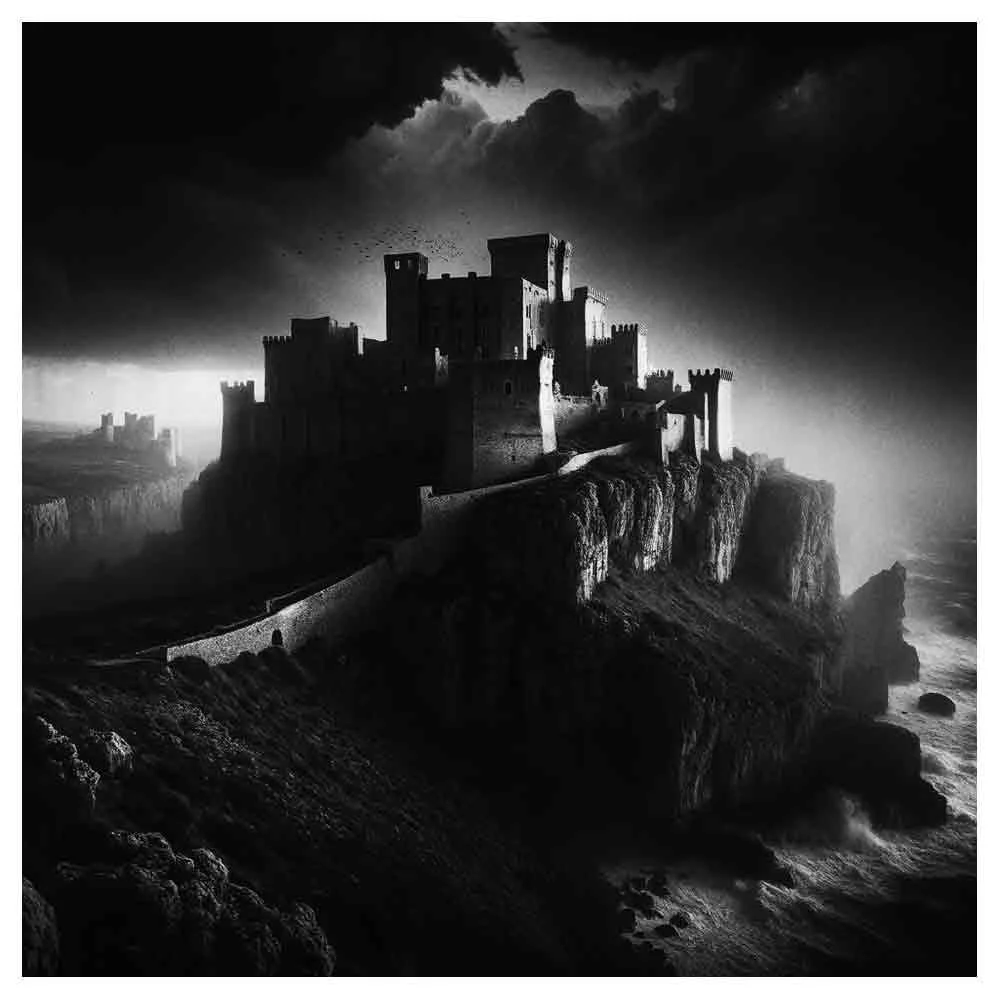What Is A Subplot? An Exploration Into The Fascinating World Of Secondary Stories
Imagine you're watching a captivating play written by none other than the legendary William Shakespeare.
As the narrative unfolds, you notice another layer beneath the main storyline, a secondary plot playing second fiddle to the main conflict but providing an extra dimension to the overall narrative. This is a subplot.
The Subplot Definition
According to our definition, a subplot is a secondary strand of the narrative, a story that runs parallel to the main plot.
It revolves around secondary and occasionally primary characters, adding depth, complexity, and dimension to the story.
But what happens when there is more than one subplot? When several subplots add depth to the plot, we're gifted with an intricate web of stories that elevate the overall narrative.
Subplots in Literature
In the literature domain, using subplots is a common literary technique. From Charles Dickens's Great Expectations to Suzanne Collins's Hunger Games, subplots are pivotal in deepening the narrative and making the characters more relatable and human.
They can revolve around a love interest, a complicated event, or even a little story involving minor characters.
For instance, in the novel Great Expectations, the romantic subplot involving Estella provides more depth to the main character's story and enhances the narrative arc.
Subplot examples are not only confined to novels. They feature prominently in television shows, films, plays, and any medium that tells a story.
The Intricacies of Subplot Writing
Writing subplots can seem daunting, but fear not; we've got some exciting subplot ideas to aid you in your fiction writing journey. But before we delve into that, it's vital to remember that a subplot should always serve the main story, not detract from it.
The Mirror Subplot: A mirror subplot can reflect the main plot through the lens of different characters. This can provide valuable insights into the main characters and the story itself.
The Complicating Subplot: This subplot creates additional difficulty or tension for the main characters, increasing the stakes and making the story more engaging.
The Romantic Subplot: This subplot often focuses on a romantic relationship between two characters. It can either support or contrast the main plot, and sometimes it offers a bit of relief from the story's central tension.
Remember, the characters involved in the subplot can be secondary characters, minor characters, or sometimes even the protagonist. Introducing new characters through subplots can also add to the richness of your story.
Subplots and Character Development
Subplots provide an excellent platform for character development. They help us understand a character's motivations, backstory, and personal life.
Suppose we take the example of a subplot involving a young Nigerian woman who struggles to fulfill her dreams amidst societal expectations.
This subplot would not only add to the main storyline but also enrich our understanding of the character.
Thematic Significance of Subplots
Subplots are not just tools for adding complexity or depth to a story. They often carry a thematic significance, reinforcing or contrasting the themes of the main plot.
For instance, if the main plot explores the theme of ambition, a subplot might delve into the repercussions of unchecked ambition, thus furthering the thematic depth of the story.
The Harmony of Main Plots and Subplots
When writing subplots, one must ensure they weave seamlessly into the fabric of the main plot. The story arcs of the main plot and the subplots should align to push the story forward rather than detract from it. Subplots run parallel to the main field, intersecting at critical moments and adding intrigue with plot twists.
Take, for example, the story of the Hunger Games. The main plot follows Katniss Everdeen's survival in the deadly games, while a romantic subplot between Katniss and Peeta Mellark runs parallel.
The intersection of these stories doesn't hinder the main story butt propels it forward, increasing the stakes and tension.
Subplots in the Final Scene
Often, subplots reach their climax in the final scene, wrapping up alongside the main plot and providing a satisfying conclusion.
They offer secondary or minor characters a chance to step into the limelight, offering a final twist, a valuable lesson, or a bittersweet moment.
Subplots are an integral part of most stories, an essential tool in the writer's toolkit, and a technique that breathes life into a narrative.
Next time you're reading a novel, watching a film, or even writing your own story, keep an eye out for these fascinating secondary stories. They add depth and complexity, making stories not just tales but lifelike experiences.
The beauty of a subplot is that it can be as simple as a secondary character's unrequited love or as complex as a political conspiracy running beneath a detective's investigation.
And in each form, they contribute something unique and valuable, showing us that every story - big or small - matters.
Frequently Asked Questions About Subplots
What is a subplot?
A subplot is a secondary or tertiary narrative that runs parallel to the main plot of a story. It can involve primary, secondary, or new characters and typically complements the main action, adds depth and complexity, and offers different perspectives.
How does a subplot differ from the main plot?
The main plot is the central storyline around which the narrative revolves. Conversely, a subplot is a secondary story that supports and enriches the main field.
While the main action is essential to the narrative, a subplot enhances it and adds layers to the story.
Can a story have more than one subplot?
Yes, a story can have multiple subplots. Many complex novels, films, and television shows feature several subplots to add depth and complexity.
However, these various subplots should be balanced and connected to the main plot to avoid confusion.
What is the purpose of a subplot?
Subplots serve various purposes, such as developing characters, exploring themes, creating tension, and adding depth and complexity to the story. They also allow for plot twists and relieve the main plot's tension.
Can a subplot involve the main characters?
Absolutely! While subplots often involve secondary or minor characters, they can also affect the main characters. Involving main characters in subplots can provide further insights into their personalities, backstory, or motivations.
How to effectively write a subplot?
Writing a compelling subplot ensures that it supports and enriches the main plot, ties into the story's theme, and provides additional insights into characters or situations.
The subplot should also be introduced and concluded at appropriate points within the narrative to maintain a smooth flow.
Can a subplot become a main plot?
A subplot can become more prominent as a story progresses, especially if closely tied to the main plot or characters.
However, it typically remains secondary to the main plot. In sequels or series, a subplot from an earlier work can evolve into the main story of a later work.
Can a subplot involve a romantic interest?
Yes, many stories have a romantic subplot. This subplot can humanize characters, add emotional depth, and provide an alternate source of tension or relief within the story.
How does a subplot conclude?
Subplots typically reach their climax and conclusion alongside or shortly before the main plot. They may conclude with a resolution that impacts the main story, a dramatic plot twist, or a character realization.
Can subplots add a thematic significance to a story?
Absolutely! Subplots often reinforce or contrast the themes of the main plot. They can highlight different aspects of the article, offer alternate viewpoints, or deepen the exploration of the music. This helps add depth and richness to the story.






























